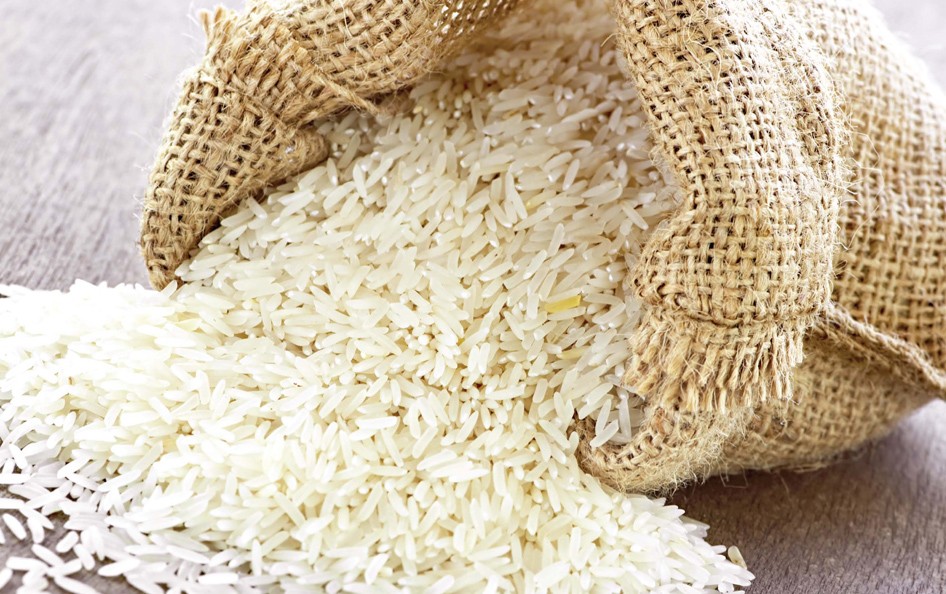
To understand what actually is happening in the rice market, we need to get back into reasons behind food price hike in 2008

A feature of the so called self-regulating free markets is ‘crisis or market failure’. Apart from major financial meltdown of 2008, there are many smaller bubbles that keep bursting in particular economic sectors. The food price crisis of 2008-09 is one example of this phenomenon. One such most recent is rice market failure.
Pakistan had never been a big consumer of rice. With the introduction of green revolution technologies including improved seeds and increased water availability, the country’s rice production witnessed a boom. Plains of Punjab and Sindh produce the world’s best quality basmati rice, which is famous for aroma and taste.
High production, low domestic consumption and international demand provided Pakistani exporters an opportunity to earn revenue through higher exports. It was in 1990s that rice market in Pakistan was integrated with global market while the state decided not to directly intervene or "distort" free market and domestic price setting becoming a function of international market unlike wheat, cotton and sugarcane. Subsequently, Pakistan registered rapid growth in rice export, becoming the fifth largest country by 2004.
During the last decade, rice exporters and millers made fortunes by fetching maximum profits with small part trickling down to farmers. Price of per metric ton milled rice kept smoothly increasing until encountering financial and food price crisis in 2007-08. Since then, it is a bumpy ride for rice with overall downward trend.
Access to market information is the most crucial element of production decision and agricultural market system whether local or global. Lack of such information or incomplete information is what traps small farmers. So in the following years, farmers kept growing paddy each year and selling on lower price. However, the government realised the catastrophe and the prime minister announced a relief package for small farmers.
So what do policy makers, millers, commission agents and farmers say? There are at least three arguments present at different tiers of stakeholders.
Policy makers in the government see it as something happening at international level, out of their reach. For example, in his speech to farmer’s convention, Prime Minister Nawaz Sharif called international price meltdown the reason for domestic price failure that, without any doubt, is true to some extent. Rice price in international market is still slightly above the 2007-08 levels. If at this price it is not viable to grow rice then how did farmers manage in 2007-08? Answer to this question is what completes the story. In the past years, prices of inputs were at lower level. After witnessing unprecedented profits in rice exports, the then People’s Party government started cutting subsidies on agricultural inputs.
As the price of rice in international market declined the gap between cost and return on production started narrowing down, ultimately becoming negative.
Other argument prevalent among the rice exporters and millers is the issue of quality and branding. Pakistan doesn’t have any established rice brand in the international market and most of the produce is sold in bulk. Rice quality depends on each consignment being exported. Many exporters mix low quality rice with high quality and call it Basmati. The low quality of Pakistani rice has led many countries to contract with Indian exporters hence Pakistan’s share declined. Exporters/millers are not interested in buying the new produce.
The third argument presented by the mainstream academia is of low productivity and competitiveness among Pakistani farmers. Use of high tech agricultural technology can increase per acre yield of produce that can help farmers to earn more profits. This argument completely ignores the presence of skewed power relations on which local agricultural markets are oriented. Without considering those relations, technology introduction can backfire further disempowering small farmers.
To understand what actually is happening we need to get back into reasons of food price hike in 2008. Increasing role of finance in food, termed Financialisation of food, is the main culprit. Globally financial institutions like AIG and Goldman Sachs have devised ways to avoid financial risks attached with their financial speculative practices. Their method is to invest in commodity markets to hedge against financial risks as commodity markets are more stable. For this purpose, commodity price index (CPI), like different indexes, is created. The CPI provides investors opportunity to invest in the market which they don’t have direct access to or enough knowledge of. Here agricultural produce (like rice) are mere commodities invested to seek profit. These financial institutions are private in nature so they are under no obligation to show real stock of commodities they hold.
Private nature of these investment funds have provided them possibility to go on for speculation in commodity market like the financial market. Together with speculation, profit seeking behaviour of investment in agricultural commodities has made prices highly volatile.